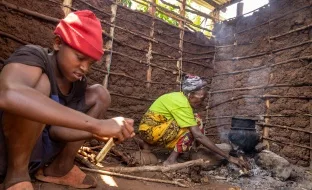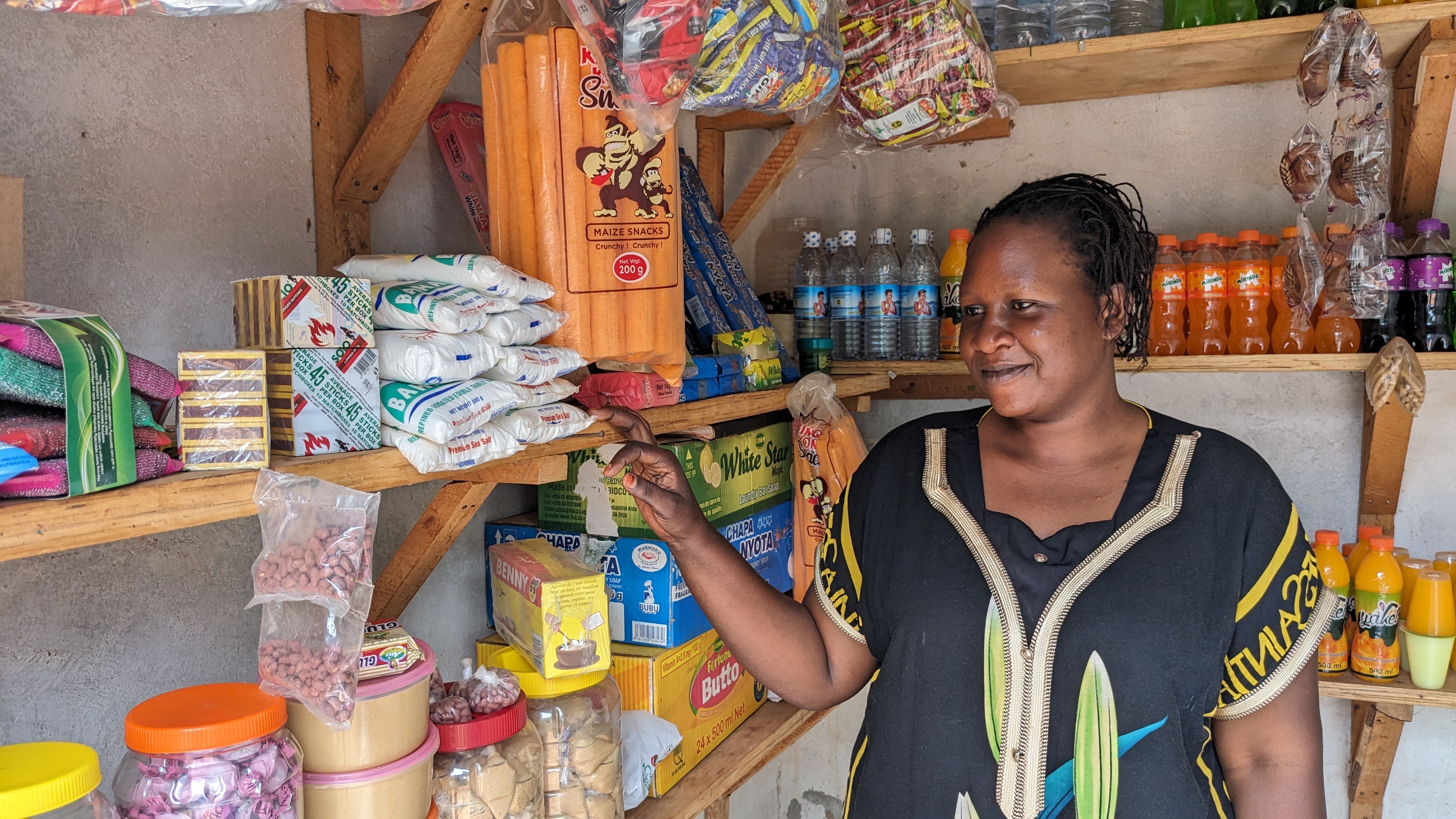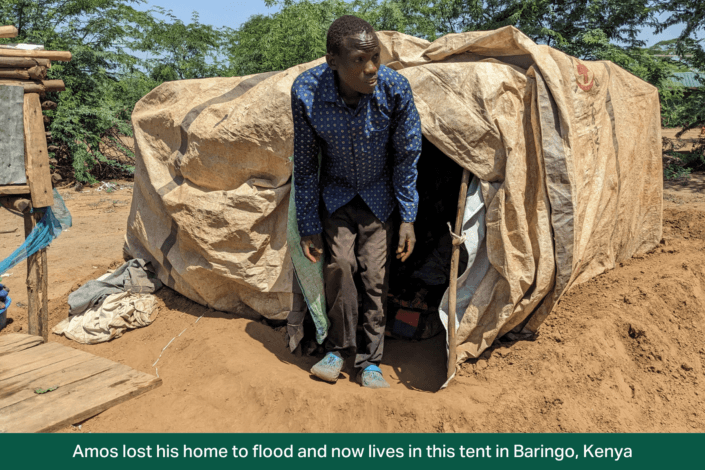Recent Responses
Currently delivering funds to families impacted by USAID cuts.
Delivered funds to families displaced by the DRC conflict.
Delivered funds to survivors of Los Angeles wildfires and Hurricanes Helene and Milton in the U.S.
Delivered funds to flood survivors in Kenya.
Our past emergency relief footprint
You can help the people who need it most – without waste or delay.
Since 2017, we've delivered emergency cash assistance remotely and in-person to financially vulnerable families across 13 countries following:
If you lost everything, would you want a stranger to guess what you needed most? Or would you rather choose for yourself?
When disasters strike, individuals have their own personal emergencies. Whether it’s losing their home, being unable to get to work and pay the bills, or needing to purchase medicine, each person has their own unique challenges. These needs are difficult to predict. Yet donors still send canned goods and used clothes, making the decision of what the recipient needs most.
Wouldn’t you rather choose for yourself?
Cash enables that choice.
Imagine instead of getting a pile of used clothes you were given $1,500 no strings attached. What would you spend it on? Fixing your car, buying a generator, or replacing your fridge? Cash recognizes that everyone has unique emergencies and it is unrealistic to expect aid organizations to predict the wide array of complex needs that arise. Instead, cash allows recipients to prioritize and solve their own challenges.
Unsurprisingly, a majority of recipients prefer cash to traditional disaster relief.
And it turns out it’s pretty impactful.
Cash transfers are among the most well-researched and proven approaches to reducing poverty and changing lives. With over 165 studies, cash has been shown to have a wide range of positive impacts. In our disaster relief pilot in Puerto Rico, we saw the strongest evidence of impact on debt avoidance, stress reduction, and improvement in living conditions.
Even the former secretary-general of the UN recommends it.

Ban Ki-Moon
8th Secretary-General of the UN
Benefits of Cash
- Choice
- Impact
- Transparency
- Efficiency
Recipients define their own needs
Cash is adaptable to recipients’ varying, and sometimes changing, needs. Historically, spending decisions have been made by donors and aid agencies. But these solutions can fall short: if our team had given recipients the most commonly observed purchase bundle observed during our Hurricane Maria pilot program, we would have matched the spending preferences of only 6% of recipients (See more below). Instead, they could simply send cash.

165+ studies show cash’s impact.
Cash is one of the best-researched development interventions. To date there are over 165 published papers on cash transfers. This research shows a wide range of positive impacts, including on earnings, assets, nutrition, and more. Cash has also been shown to have a strong, positive multiplier effect on host economies⁵. Most importantly, research consistently shows recipients’ preference for cash. In one study of urban refugees, 86% of recipients preferred cash to in-kind aid⁴.
Cash has a clear delivery model.
Digital cash transfers are traceable and transparent. Across GiveDirectly programs, we track detailed breakdowns of delivery costs. We ensure our estimates of delivery costs are fair and inclusive – providing donors with a more accurate picture of the true value their donation delivers.
Cash can reach recipients more efficiently than in-kind aid.
We aim to maximize the share of each donated dollar that goes to families. Unlike physical donations, cash doesn’t require complex supply chains, intermediaries, or bureaucratic administration. We keep efficiency high through our efficient operating model and anti-fraud strategies.
What sets our work apart:
Efficiency
We focus on being highly efficient while transparent. We focus on ensuring our delivery costs are inclusive and represent the true cost of delivering our programs.
Customer Service
We work to make our process as seamless as possible for our recipients. We offer a hotline to our call center. We also proactively follow-up with each recipient.
Low Fraud
We are realistic about the opportunities for fraud in a cash delivery chain. We use technology and fraud checks to monitor for bribe payments, staff fraud, and ineligible households.
Additional Reading:
So why not choose the gift of choice?
Frequently Asked Questions
Disaster Donation
Is my donation tax-deductible?
I’m an existing GiveDirectly donor – will any of my donations go to US disasters?
How much of my donation does a recipient receive?
How do you decide who receives money?
Disaster response at GiveDirectly
How do I know recipients will spend cash appropriately?
What’s the evidence base on cash?
How much of disaster relief funding is distributed as cash today?
How do you prevent fraud?
Can I choose to whom to give?
Do you implement the program yourself or partner with other organizations?
Can I sign up to be a recipient?
Will you be responding to future disasters?
How can I learn more about your work?
1. FCDO "Doing cash differently: How cash transfers can transform humanitarian aid" September 2015
2. Evans, David K., Popova, Anna "What Really Works to Improve Learning in Developing Countries?" 2016
3. Julia Steets, Andrea Binder, Andras Derzsi-horvath, Susanna Krüger, Lotte Ruppert "Drivers and Inhibitors of
Change in the Humanitarian System" April 2016
4. J. Edward Taylor, Heng Zhu, Anubhab Gupta, Mateusz Filipski, Jaakko Valli, Ernesto Gonzalez "Economic Impact
of Refugee Settlements in Uganda" November 2016
5. International Rescue Committee, "An Impact Evaluation of the 2013-2014 Winter Cash Assistance Program for
Syrian Refugees in Lebanon" August 2014






